Animal research in liver transplantation with special reference to the dog
- PMID: 3909422
- PMCID: PMC2955295
- DOI: 10.1055/s-2008-1040626
Animal research in liver transplantation with special reference to the dog
Figures
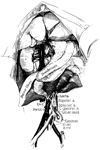
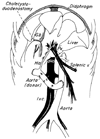
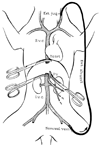
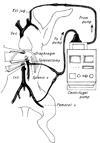
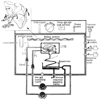



References
-
- Welch CW. A note on the transplantation of the whole liver in dogs. Transplant Bull. 1955;2:54–55.
-
- Waddell WR. Starzl TE (Ed) with the assistance of Putnam CS: Experience in Hepatic Transplantation. Philadelphia: W.B. Saunders; 1969. Foreward; p. ix.
Publication types
MeSH terms
Grants and funding
LinkOut - more resources
Full Text Sources
Medical

